24 hours in Florence, Italy: an art lover’s itinerary for one day in Florence
Disclosure: This post contains affiliate links. I earn a small commission on every purchase made at no extra cost to you.
Florence is one of the most incredible cities in the world. It’s steeped in history and is almost otherworldly in its beauty. There is so much to do in Florence, especially in regards to art history. But how can you distill it all down to one day and still enjoy the experience in the city?
In my opinion, Florence is best explored in 3-4 days, but if you’re passing through Italy it’s possible to see the highlights in one day. But I’m not the kind of traveller that is happy with the most basic tourist itinerary, so here is my spin on things to encourage you to see the quieter and authentic side of Florence without missing any of the postcard pictures.
Here’s my guide to spending 24 hours in Florence.
24 hours in Florence itinerary:
San Marco or Accademia museums
Duomo and centre
Uffizi Gallery
Piazza Michelangelo
Oltarno neighbourhood
Getting around Florence
If arriving from Santa Maria Novella train station, it’s an easy walk into the centre of Florence.
In fact, walking is the way to go when exploring the city, especially in one day, as it will help you see the sights along the way.
You are never more than a 25 minute walk from anything in Florence, and most of the time it is significantly shorter.
So wear comfortable shoes because my guide is going to take you all around the city today!
Where to stay in Florence
Here are my picks of hotels with a charming or authentic vibe. In order of increasing price range.
Hotel Cestelli - (pictured) This super basic yet authentically Italian guesthouse is where I stay when I visit Florence solo. Super budget friendly and around the corner from Palazzo Strozzi.
Relais Cavalcanti Guest House - gorgeous, dreamy, central
Corte dei Neri Residenza d'Epoca - beautiful and antique
Oltrarno Spendide - glamourous mix of old and new
Room Mate Luca - that chic, modern Italian vibe
Park Palace Hotel - Tuscan villa with a pool
Four Seasons Hotel Firenze - just for fun, to have a look and dream
One day in Florence: Morning in the San Marco neighbourhood
Breakfast
Depending on how you’re starting the day in Florence, you may be arriving by train or starting from your hotel. Either way, there will be several small bakeries you pass on your way in the morning. Stop in for a filled pastry or a budini di riso, a rice pudding tart and my personal favourite Florentine treat.
I suggest starting the day with some art while the energy is high.
San Marco Museum or Accademia Gallery
The two primary museums that visitors flock to in Florence are the Uffizi Gallery and the Accademia. Both will be packed with crowds and it’s wise to book tickets ahead to guarantee entry.
The Uffizi Gallery is a world-famous collection, primarily of Renaissance artwork, and although it is busy, it is unmissable. This is my suggestion for the afternoon.
The Accademia Gallery houses Michelangelo’s David, along with many other incredible sculptures. Unless you're a die-hard David fan, I don’t think this museum is necessary, and I’d bet that you would enjoy the nearby San Marco Museum much better.
Still, the option is yours: with one day in Florence, start at either the San Marco or Accademia Museums.
San Marco Museum: Open Tuesdays-Saturdays, 8:15 AM - 1:50 PM
Accademia Gallery: Open Tuesdays-Sundays, 8:15 AM - 6:20 PM
What makes the San Marco Museum so special?
The San Marco Museum is a relative hidden gem, and is a quiet museum that not as many tourists visit on their trips to Florence. So why would I suggest going here when you only have 24 hours in Florence?
Because it is the most moving art experience I have ever had. San Marco is a Dominican monastery dating back to the 15th century. Fra Angelico (Beato Angelico to Italians) lived and worked at the convent, being commissioned to paint the walls with his serene yet spiritually powerful frescoes.
Fra Angelico’s famous Annunciation adorns one wall of the monks’ living quarters, and is one of the highlights of visiting the museum. As I walked up the stairs, I encountered the fresco and realised that he had used sparkling minerals in the paint to make Angel Gabriel’s wings shift in the light.
The upper floor of the building is preserved cells where the monks used to live. Each one is decorated with a small fresco by Fra Angelico, outlining different moments in the life of Christ. To stand in a place where a 15th century monk spent his life, contemplating God, decorated only with such simple and beautiful artwork, was the most incredible art-viewing experience I have ever had.
Regardless of your spirituality, the force of human creativity and belief can be felt so strongly at San Marco.
Buy a ticket to the San Marco Museum here.
Midday: Florentine sandwiches and wandering around the Duomo
After exploring some art, you’ll probably be hungry. There are few great places right around the San Marco area, such as:
Arà: è Sicilia for Sicilian treats like arancini
Vecchio Forno, a bakery
La Gelatiera for excellent gelato
Central market, a major covered market hub for food
But save some room for the best sandwich in Florence. Head to Da’ Vinattieri, the best sandwich shop in Florence. You’ll pass the cathedral, but don’t worry, I’ll guide you right back after you’ve eaten.
Lunch at Da' Vinattieri
Da' Vinattieri is a sandwich shop just south of the duomo (cathedral). It’s a tiny counter and window selling Florentine street food just off of Via del Corso.
Da' Vinattieri sells lampredotto, a traditional food of Florence, and this is one of the best places to try it if you’re feeling brave. Lampredotto is made from cow stomach, which is slow-cooked in a flavorful broth with a blend of aromatic herbs and spices. Once tender and infused with rich flavors, the lampredotto is thinly sliced and served as a hearty sandwich, typically inside a soft, crusty roll.
But don’t worry, that’s far from the only thing they make. Da’ Vinattieri also make schiacciata, a particular kind of Florentine sandwich with a bread similar to focaccia. They have around 18 flavours and each sandwich is only 5 euros.
My favourite is the ricotta, sopprasotta and orange — by far the best sandwich I’ve ever had in my life.
There’s lots of chatter about the best sandwiches in Florence, and if the internet tells you to go to All’Antico Vinaio, don’t believe it. Just go here instead!
If you require another option, Panini Toscani is a good one right next to the duomo. It’s a bit of fun as they let you try different meats and cheeses to build your own panino.
Wander around Florence’s duomo
After you’ve eaten it’s time to explore the jewel of Florence, the duomo, or Cathedral of Santa Maria del Fiore.
The architectural style of the Duomo is a remarkable blend of Gothic and Renaissance influences, reflecting the evolution of architectural trends over the centuries with its polychromatic stone used to create an intricately patterned facade. The cathedral's distinctive features include its impressive dome, designed by Filippo Brunelleschi, which remains an engineering marvel and a symbol of Florence's artistic and architectural prowess.
It’s free to enter the duomo, there will just likely be a line to get in. To be honest, the exterior is far more exciting than the interior, so if you’re pressed for time don’t stress about getting in. Brunelleschi’s dome is beautifully painted from the inside, if you’re curious to see.
Across from the facade of the cathedral is the Baptistery, which features Ghiberti’s Gates of Paradise. These are a significant work in art history so don’t miss a good look. Ghiberti’s bronze panels on the doors are remarkable because of the depth they show despite being thin relief sculptures.
After spending some time around the duomo, it’s time to head to the Uffizi Gallery via the Piazza della Signoria.
Afternoon: Piazza della Signoria and the Uffizi Gallery
It’s time for the main attraction, the Uffizi Gallery. To make your way there from the duomo, wander through Florence’s picturesque streets towards Piazza della Signoria.
History of Piazza della Signoria
Piazza della Signoria holds a rich historical significance, dating back to the medieval times when it was known as Piazza dei Priori. This square served as the political epicenter of Florence, hosting meetings of the city's magistrates, the Priori. It was later renamed Piazza della Signoria to honor the ruling body of Florence, the Signoria, which governed the city during the glorious Renaissance era. At the heart of this square stands the magnificent Palazzo Vecchio, a powerful symbol of Florence's political past that has stood proudly since its construction in the 14th century.
As a major political site in Florence, you may not be surprised to learn that Michelangelo’s David was placed in front of the Palazzo Vecchio for many years. The decision to place David there was due to its symbolic representation of the Florentine Republic's defense of liberty and democracy.
The statue remained in Piazza della Signoria until 1873 when it was moved to its current location at the Accademia Gallery in Florence to protect it from weathering and deterioration. The original spot where Michelangelo's David stood in the Piazza della Signoria is now marked by a replica. So, if you haven’t been to the Accademia earlier in the day, you can still get a glimpse of David here.
Pop into the Palazzo Vecchio entrance hall
It’s possible to visit the Palazzo Vecchio, but if you don’t have time during your 24 hours in Florence, do make sure to pop into its entrance hall to see a glimpse of the architecture for free. The Palazzo Vecchio, or "Old Palace," has witnessed centuries of Florentine history and continues to serve as the town hall of the city. The courtyard is adorned with frescoes of maps of Europe, a testament to the political power of Florence.
Sculptural masterpieces in the Loggia di Lanzi
Adjacent to the Uffizi Gallery, you'll find the enchanting Loggia di Lanzi. This open-air sculpture gallery, showcases an impressive collection of Renaissance sculptures. As you wander through this beautiful arcaded space, you'll encounter masterpieces like Benvenuto Cellini's "Perseus with the Head of Medusa" and Giambologna's "Rape of the Sabine Women." It’s totally free to wander around here so don’t miss the chance to see these works up close.
Visiting the Uffizi Gallery
The museum typically opens its doors to the public from Tuesday to Sunday, with Mondays being a rest day. As one of the most popular attractions in Florence, the Uffizi Gallery tends to have significant foot traffic, so it is advisable to book tickets in advance to avoid long queues and ensure a smooth entry. Additionally, consider opting for an audio guide or guided tour to gain deeper insights into the artwork and history on display.
If you’re visiting in the high season, make sure you’re prepared for your visit by booking the Uffizi ahead here.
Highlights of the Uffizi Gallery
Once inside the Uffizi Gallery, you'll find yourself surrounded by an extraordinary collection of masterpieces that span centuries of artistic brilliance. The museum boasts an exceptional array of Renaissance art, including works by renowned artists like Leonardo da Vinci, Michelangelo, Botticelli, Raphael, and Titian. Don't miss the opportunity to marvel at Botticelli's iconic "The Birth of Venus" and "Primavera," which remain among the most celebrated paintings in the world. Other must-see highlights include Leonardo da Vinci's enigmatic "Annunciation" and Michelangelo's powerful "Doni Tondo."
Don’t miss the lower level of the museum, where further masterpieces such as Titian’s “Venus of Urbino” and Artemisia Gentilleschi’s “Judith Slaying Holofernes”.
Sunset: Views from Piazzale Michelangelo
After visiting the Uffizi, it’s time for a bit of rest and fresh air. You’re almost there, but there’s just a little more walking to go. First, go over the Ponte Vecchio and then walk 20 minutes to Piazzale Michelangelo.
Ponte Vecchio
The Ponte Vecchio, or the "Old Bridge," stands as one of Florence's most renowned and cherished landmarks. With its origins tracing back to ancient Roman times, the bridge has undergone several transformations over the centuries. The current structure, characterized by its distinct shops and medieval architectural elements, was reconstructed during the 14th century following a devastating flood that swept away its original form.
What truly makes the Ponte Vecchio architecturally significant is its rare design, featuring shops aligned along its span. This design, once common in medieval times, has become a rarity in most European cities. Originally housing butchers, the bridge took on a new identity during the Renaissance when it became the abode of skilled goldsmiths and jewellers. The bridge is still occupied by a number of fine jewellers.
Piazzale Michelangelo
To reach Piazzale Michelangelo, you can follow the picturesque streets along the banks of the Arno after crossing the Ponte Vecchio. The ascent to the square involves a bit of uphill walking, but the effort is well worth the reward that awaits you at the top.
Piazzale Michelangelo is a panoramic terrace situated on a hill overlooking Florence, offering breathtaking vistas of the city's skyline. The square was designed in the late 19th century by the Florentine architect Giuseppe Poggi as part of a plan to modernize the city. It was named after Michelangelo Buonarroti, the renowned Renaissance artist, as a tribute to his artistic legacy in Florence.
Visiting Piazzale Michelangelo at sunset is an experience you won't want to miss. As the day draws to a close, the sun bathes the city in warm, golden hues, casting an ethereal glow over Florence's iconic landmarks. From this elevated vantage point, you can see the majestic dome of the Florence Cathedral, the tower of Palazzo Vecchio, the Ponte Vecchio spanning the Arno River, and the rolling hills beyond.
The magical atmosphere, combined with the enchanting melodies of street musicians, creates a truly unforgettable moment.
Evening: Oltrarno Neighbourhood
You’re probably hungry by now. Don’t worry, because the evening is all about the food.
The Oltrarno Neighbourhood
The Oltrarno, situated on the southern bank of the Arno River, offers a refreshing escape from the bustling tourist spots and reveals the more authentic side of Florence. This area is known for its narrow cobbled streets, artisan workshops, and a vibrant bohemian atmosphere. It's a place where locals gather, creating a genuine sense of community and warmth.
Santo Spirito is a specific area with a rich community feel and is home to some of my favourite places to eat in Florence.
Where to eat in Oltrarno
Osteria Santo Spirito
Osteria Santo Spirito is my favourite restaurant in Florence. It’s a humble and charming restaurant in the Piazza Santo Spirito, with lots of outdoor seating for the warmer months. This cozy and rustic eatery embodies the true essence of Italian hospitality. The menu boasts a selection of traditional dishes crafted with the freshest local ingredients. Their truffle gnocchi is the stuff of dreams!
It’s busy so call ahead to book a table or be prepared to wait in a line for a while.
There’s loads of buzzy bars in the square as well to keep you busy.
Gustapizza
If Osteria Santo Spirito doesn’t work for you, try nearby Gustapizza. This humble pizzeria, often hailed as one of the best in Florence, serves up a mouthwatering array of wood-fired pizzas that will delight your taste buds. It’s quick and affordable, so always a great shout when in Oltrarno.
Gelateria Artigianale La Sorbettiera
No culinary adventure in Florence would be complete without indulging in some authentic Italian gelato. Gelateria Artigianale La Sorbettiera takes gelato very seriously. The small shop in Oltrarno has loads of delicious flavours to choose from and is the perfect ending to this evening in Florence.
As the night settles in and you savour the flavours of Florence in the Oltrarno area, you'll not only fill your belly but also your heart with the warmth of this charming city and its gastronomic wonders. Enjoy the evening, buon appetito!
24 hours in Florence is a short time to say in the city, but hopefully it gives you a taste for the wonders that this place has to offer. Next time, stay longer, and fill your days with artisan shopping, smaller museums and lots of delicious food. See a slightly more extended plan for 2 days in Florence if you have a bit more time.
This one-day plan for Florence could also be a great addition to a 7 day road trip around Tuscany — there’s so much more to explore!





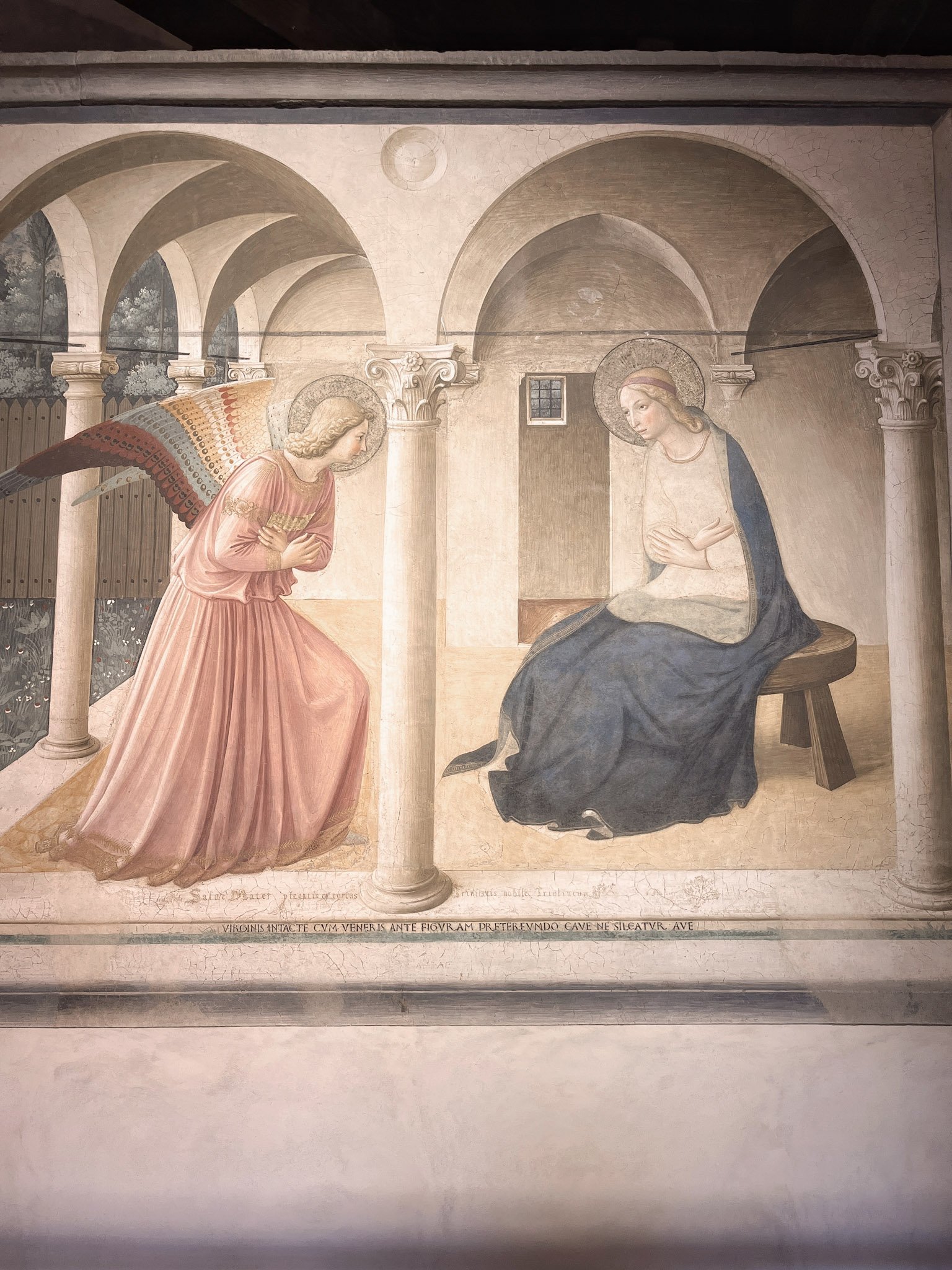
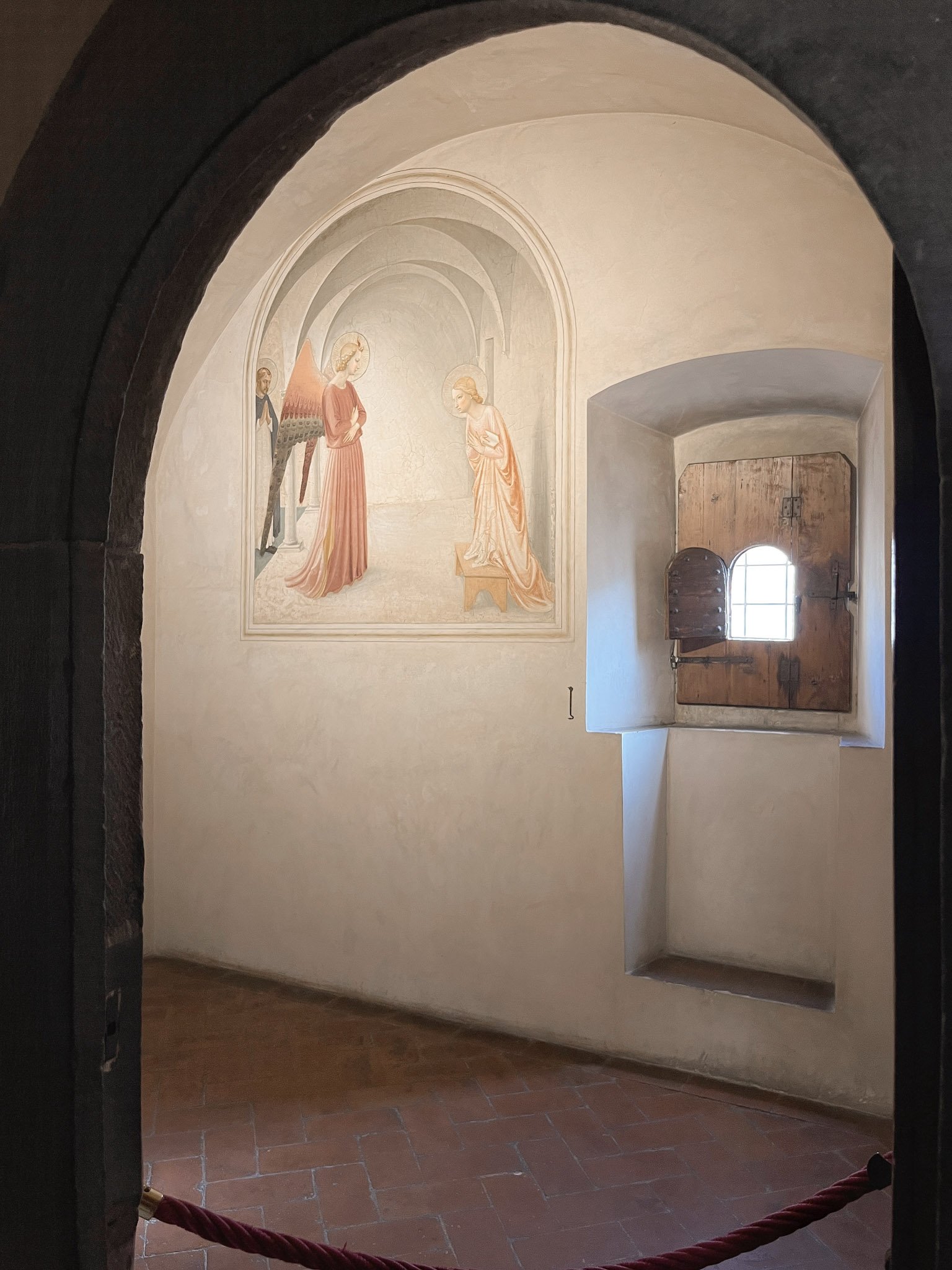
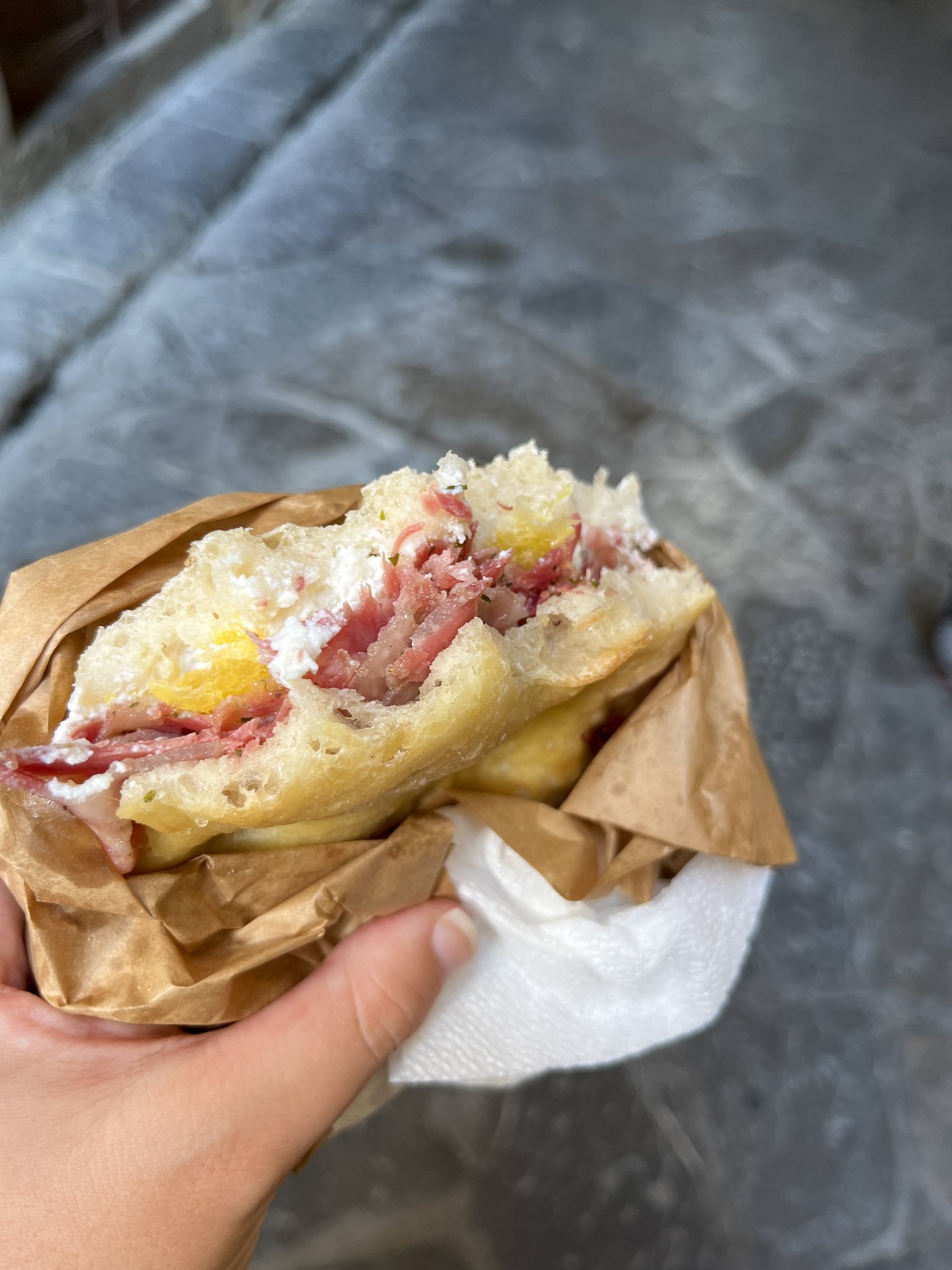
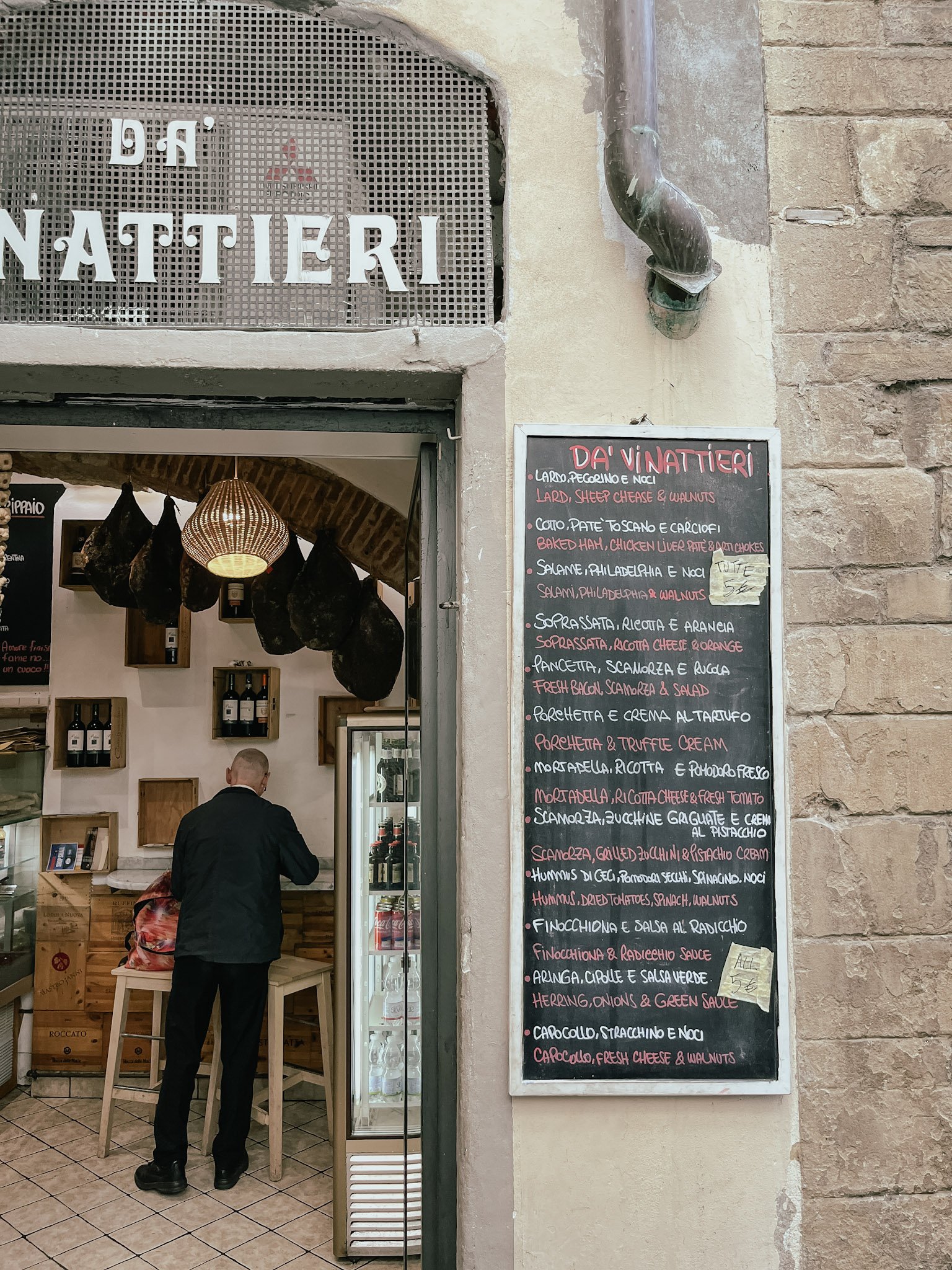




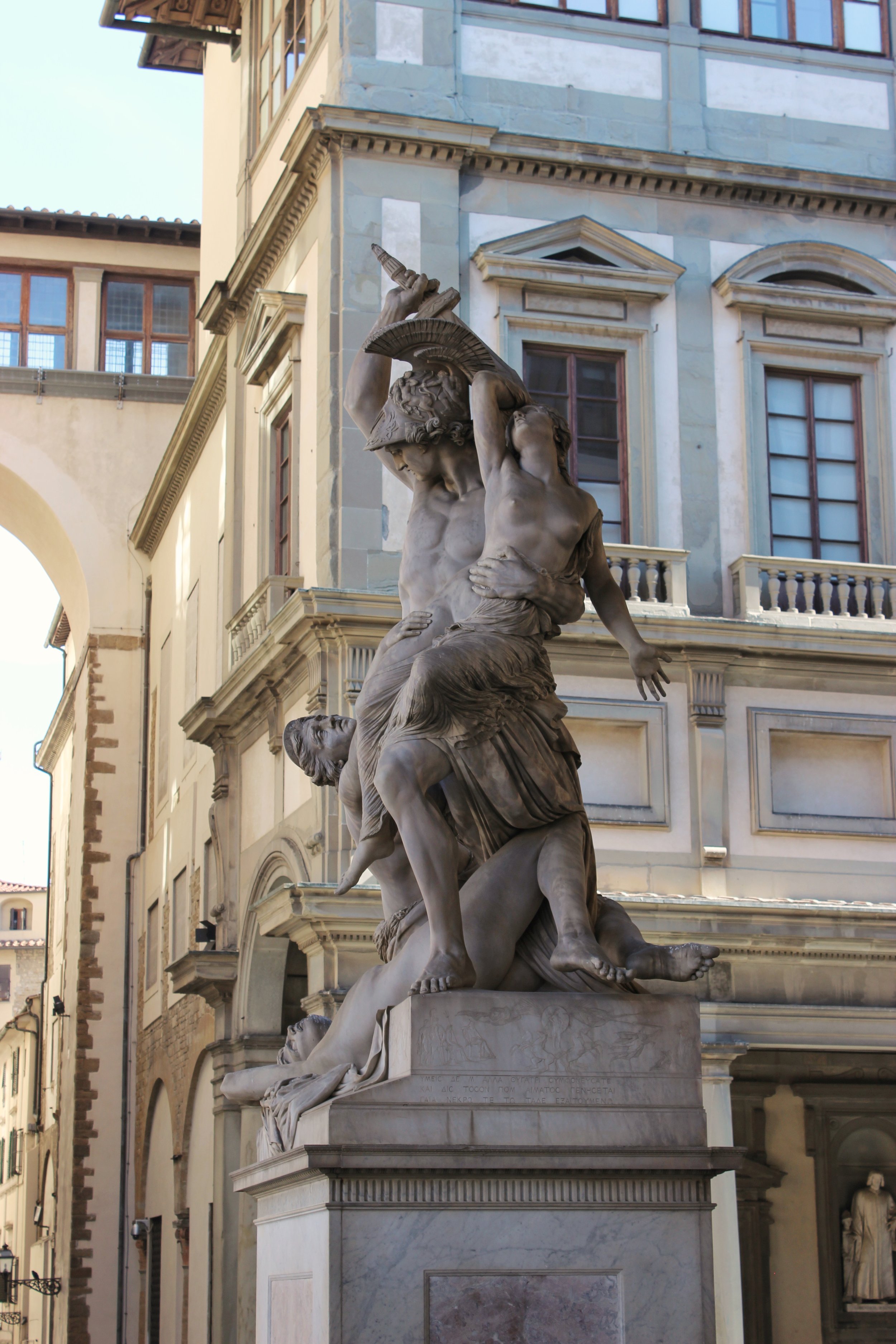
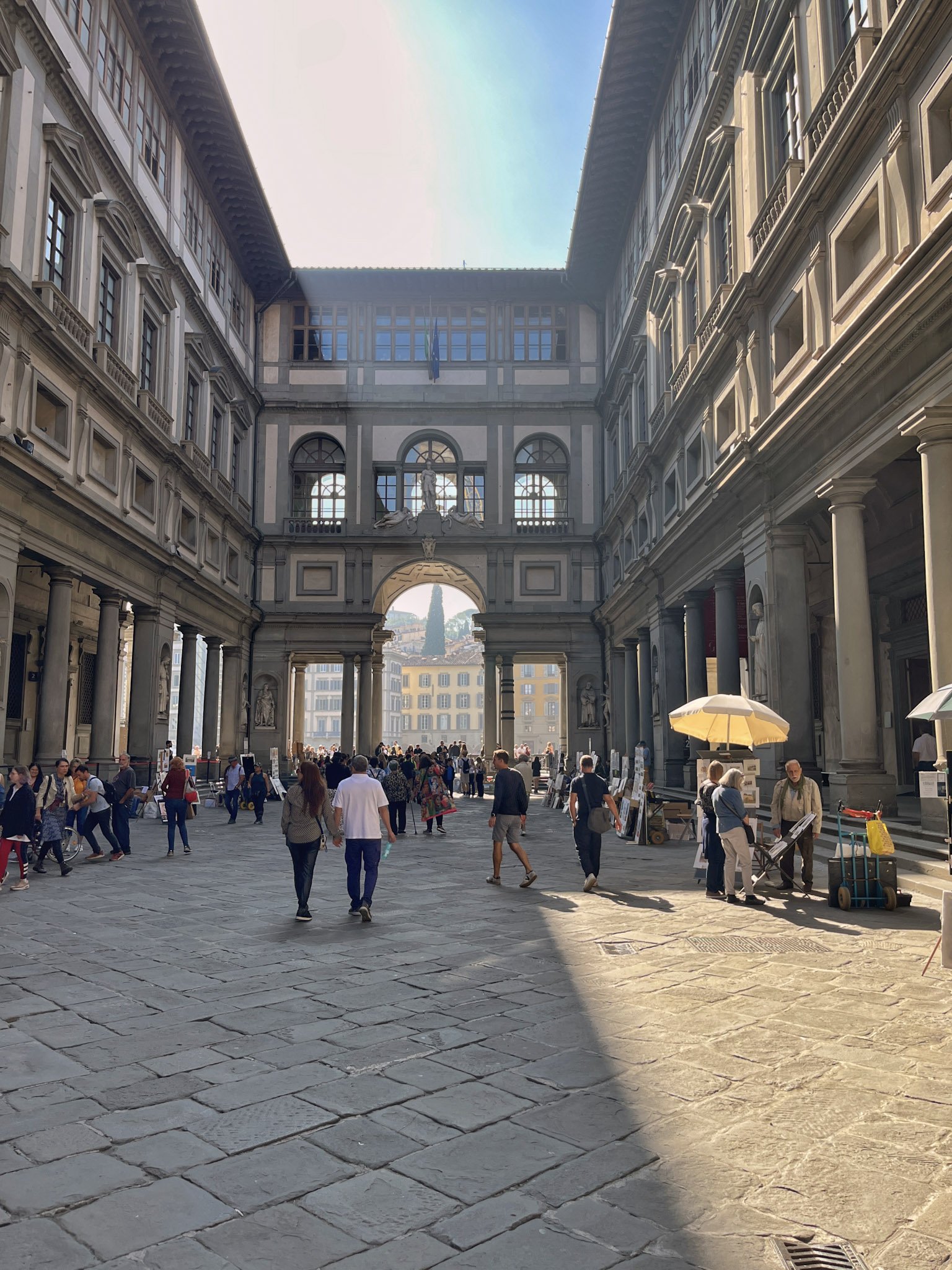
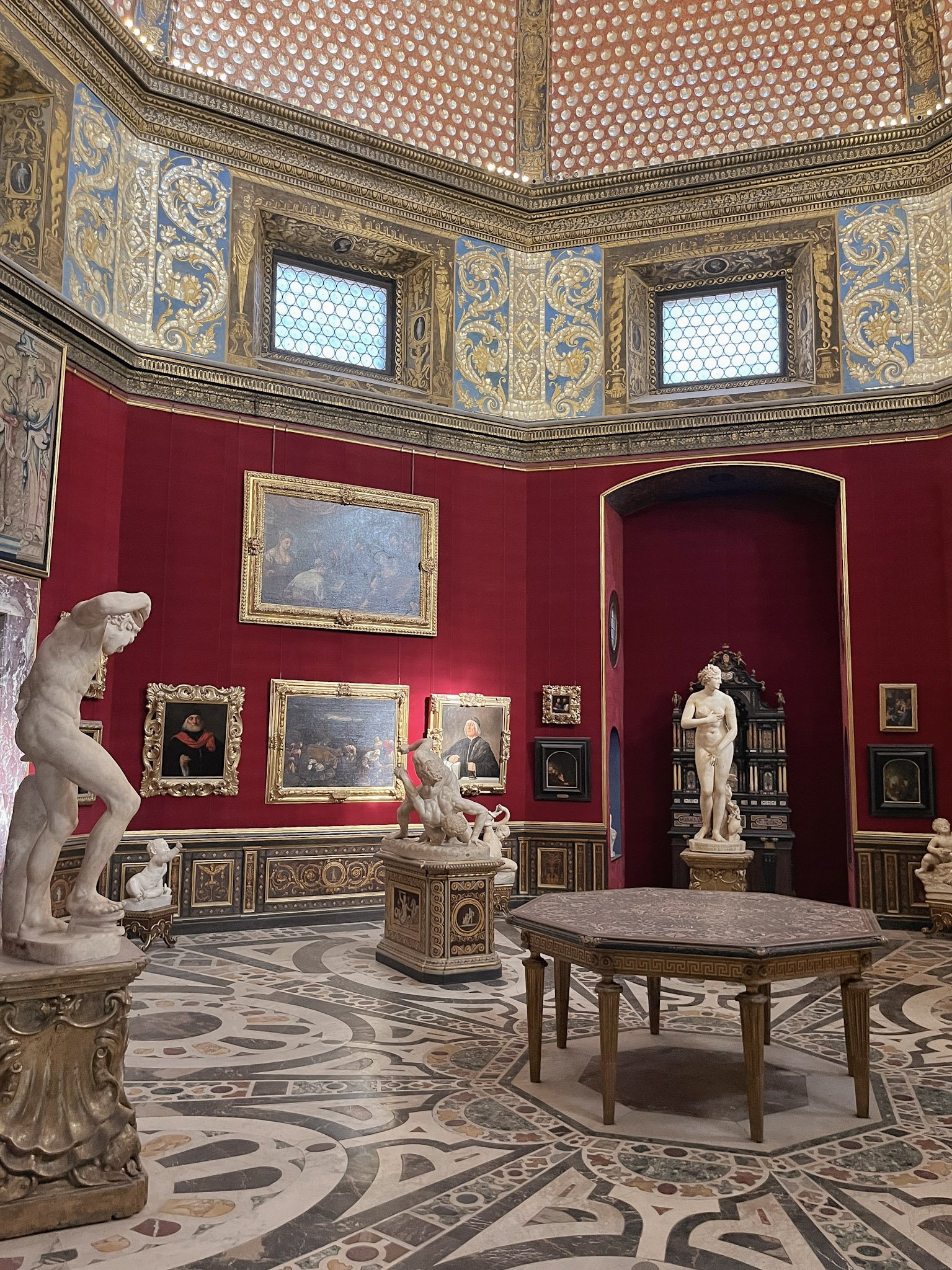
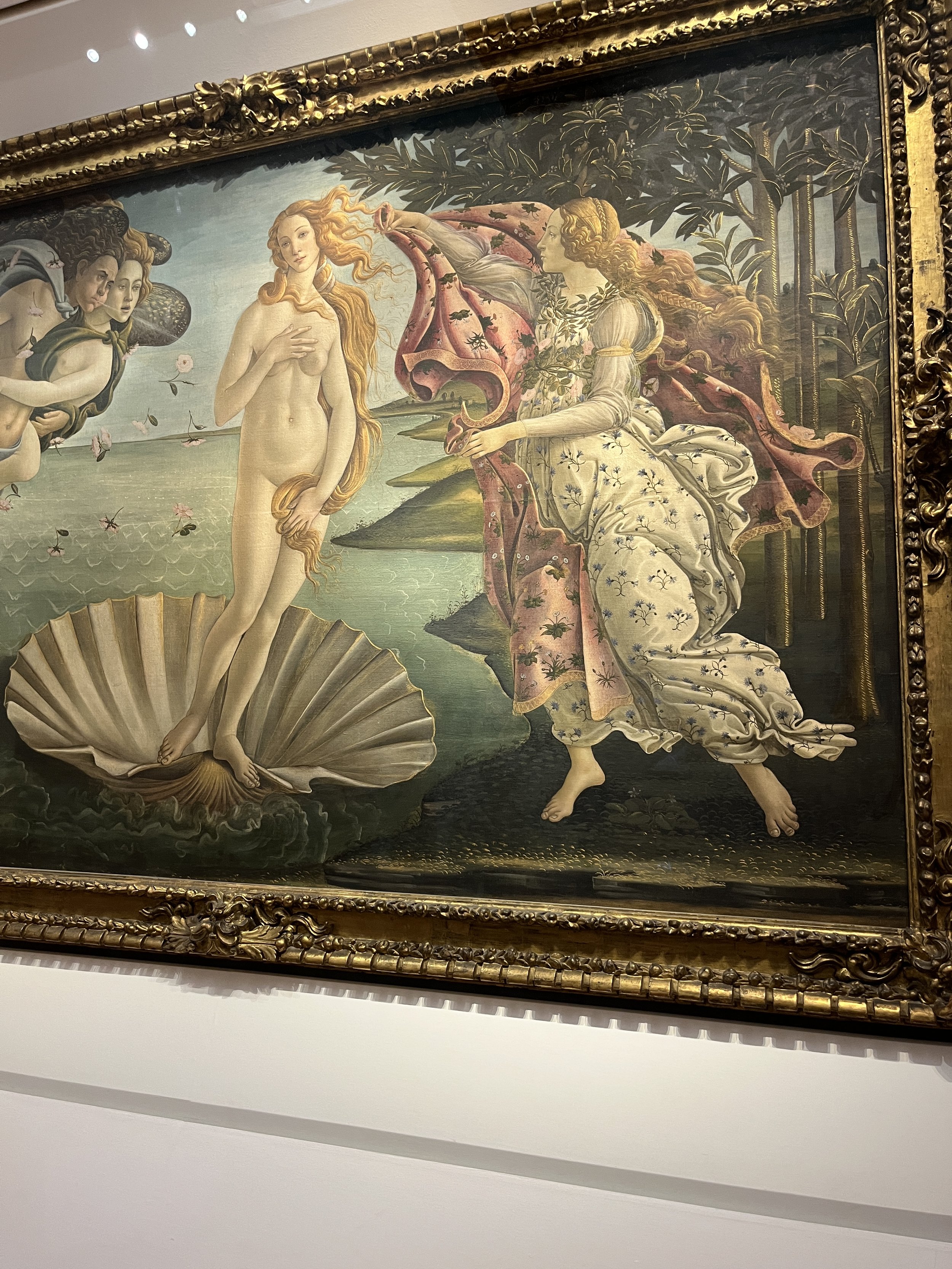
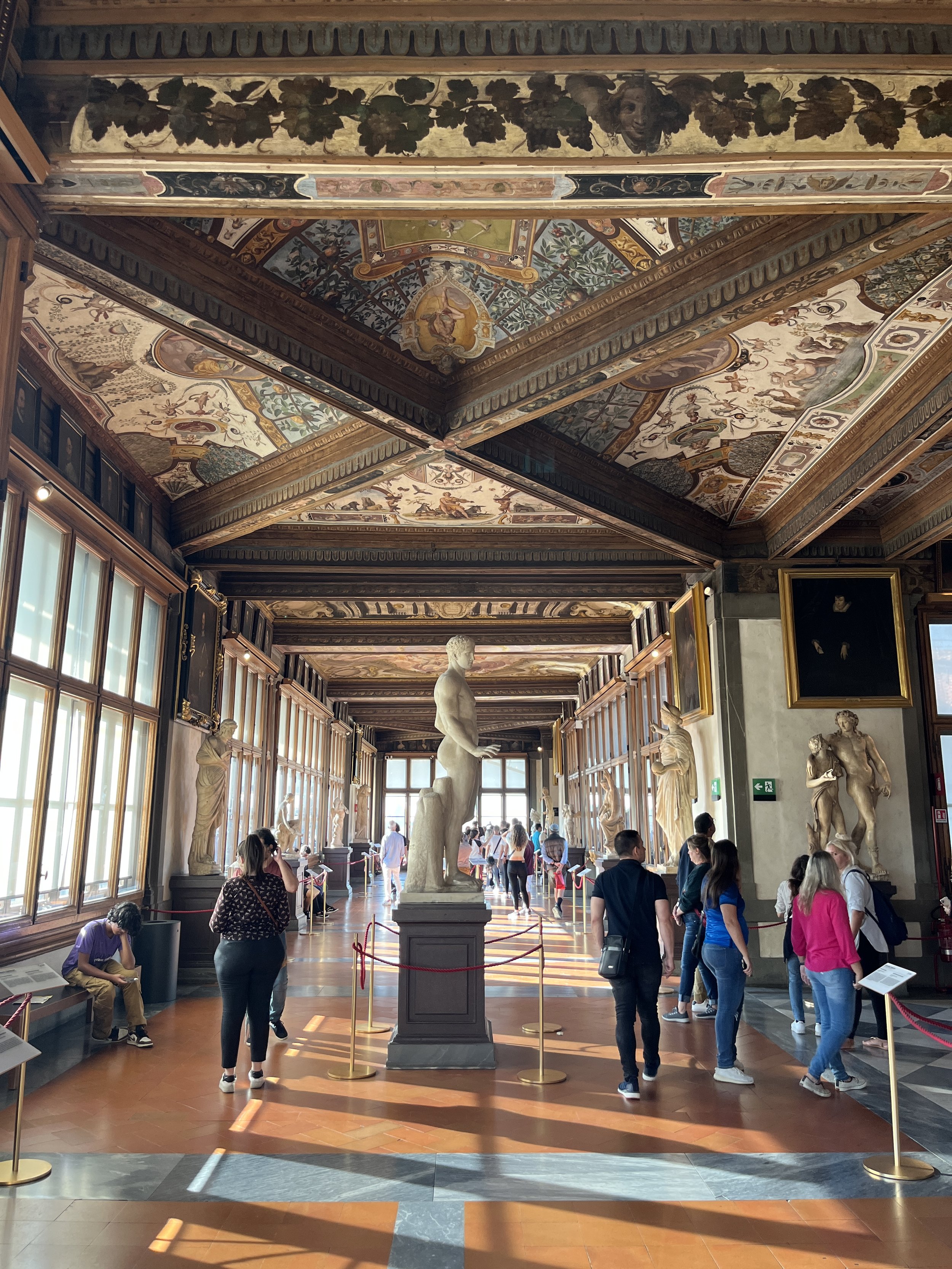
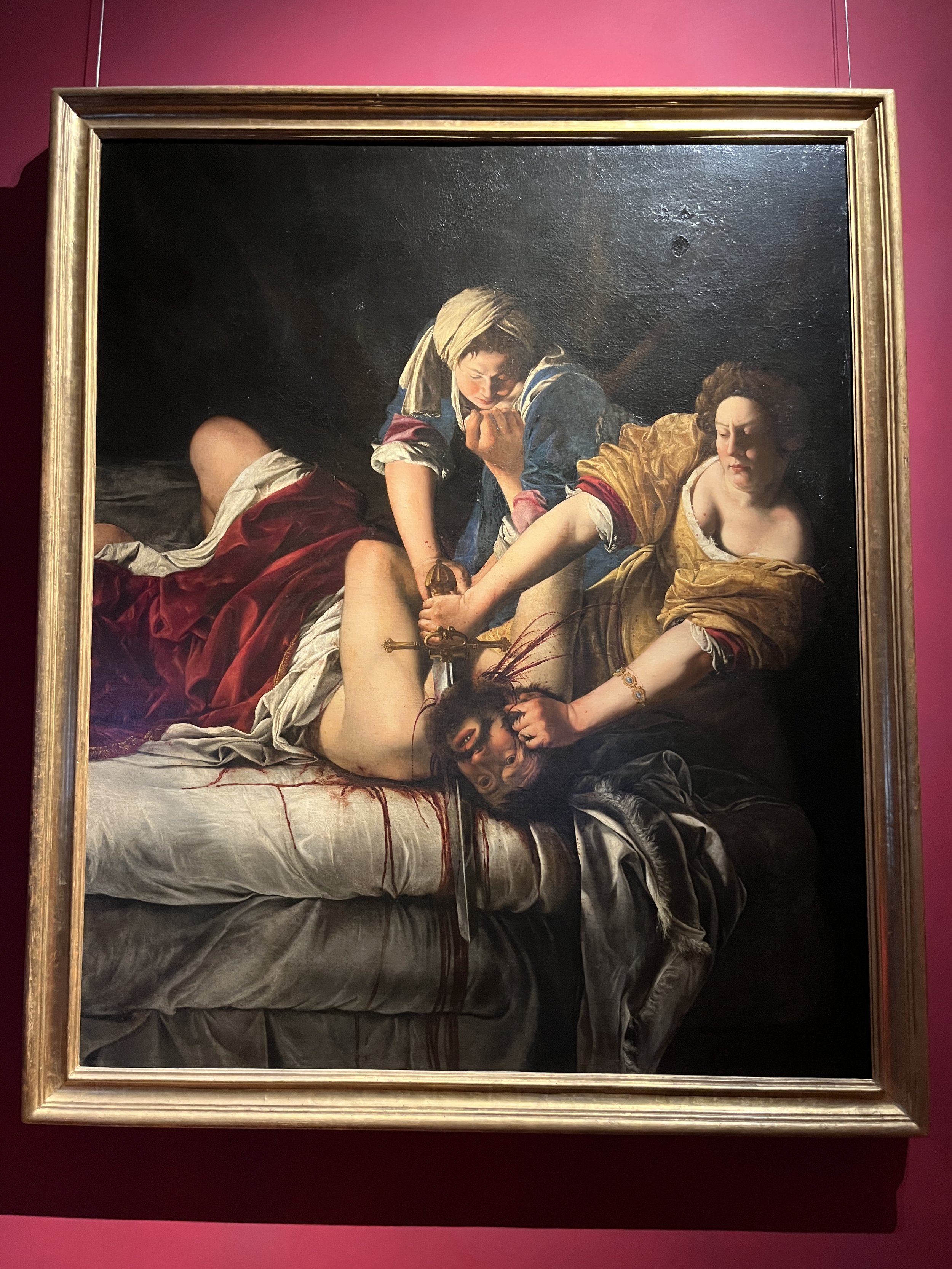


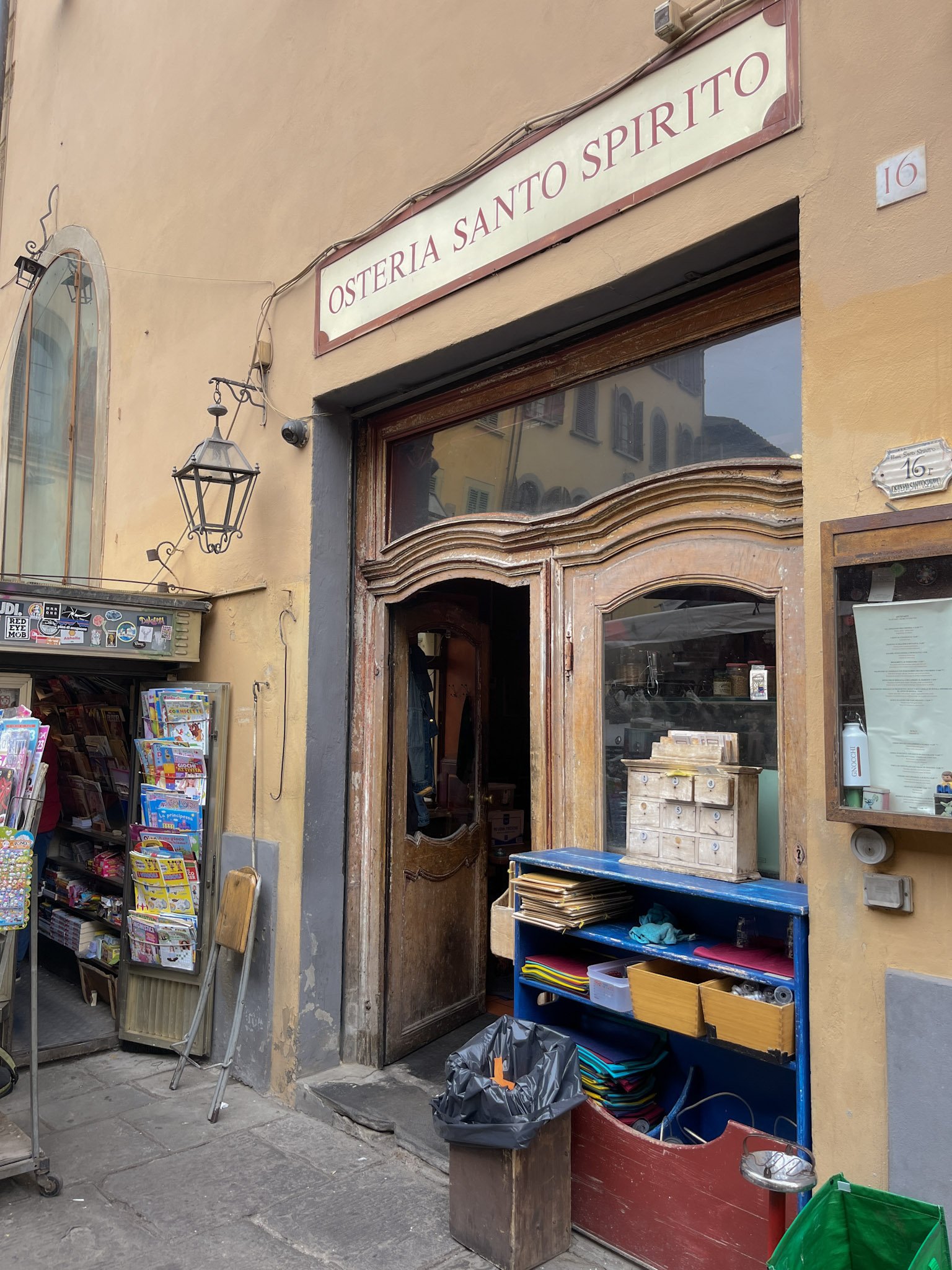


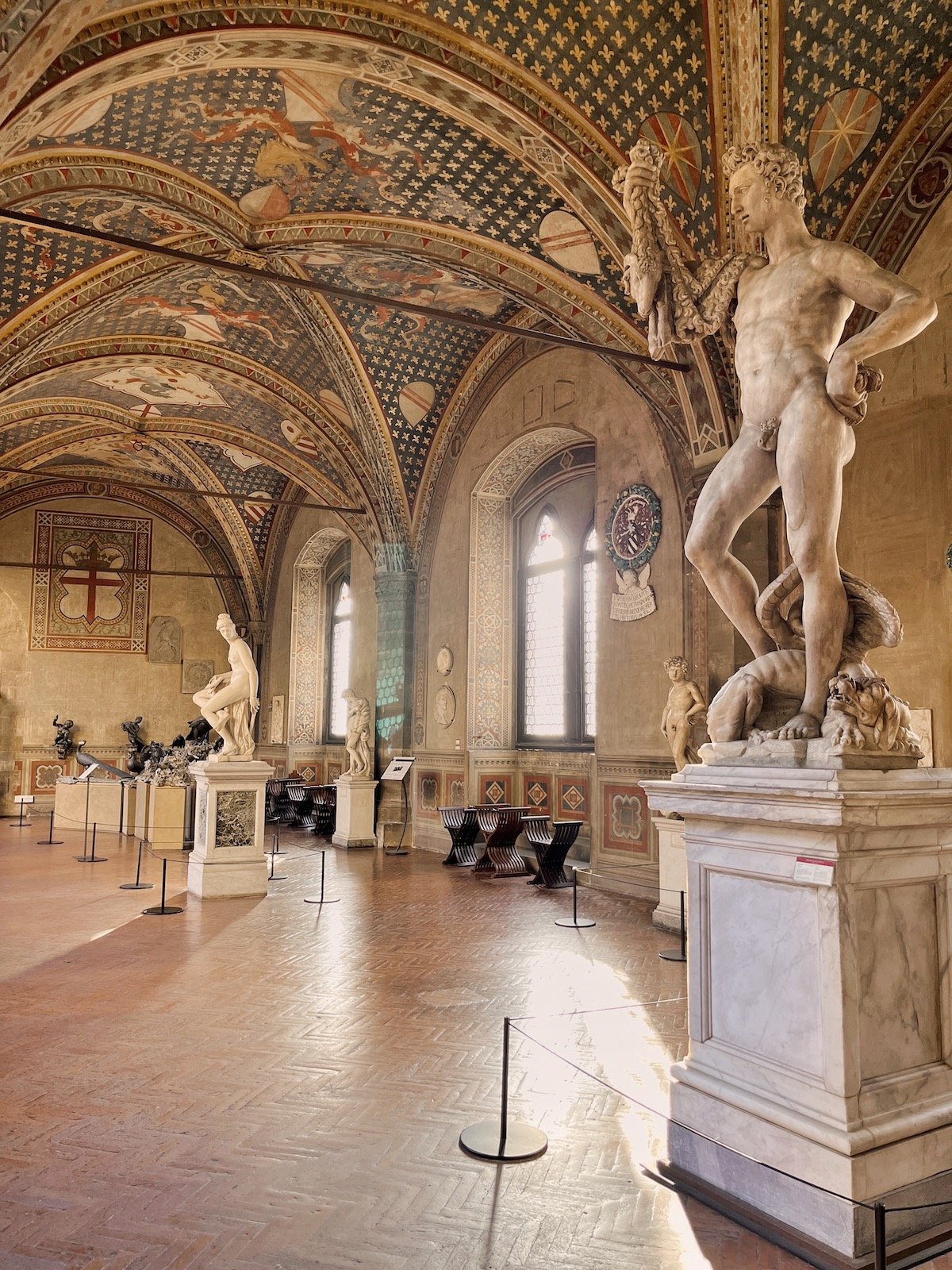
Florence is one of the most incredible cities in the world. It’s steeped in history and is almost otherworldly in its beauty. There is so much to do in Florence, especially in regards to art history. But how can you distill it all down to one day? Here’s my guide to spending 24 hours in Florence.